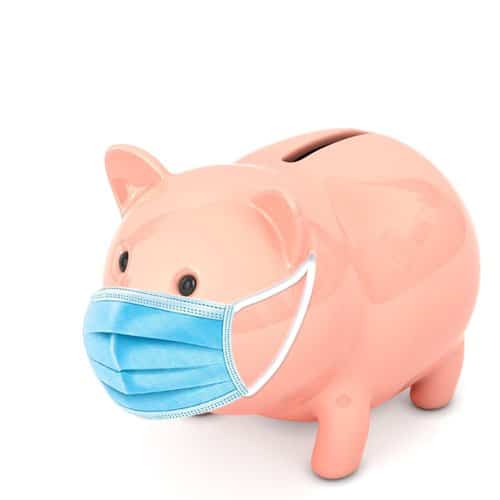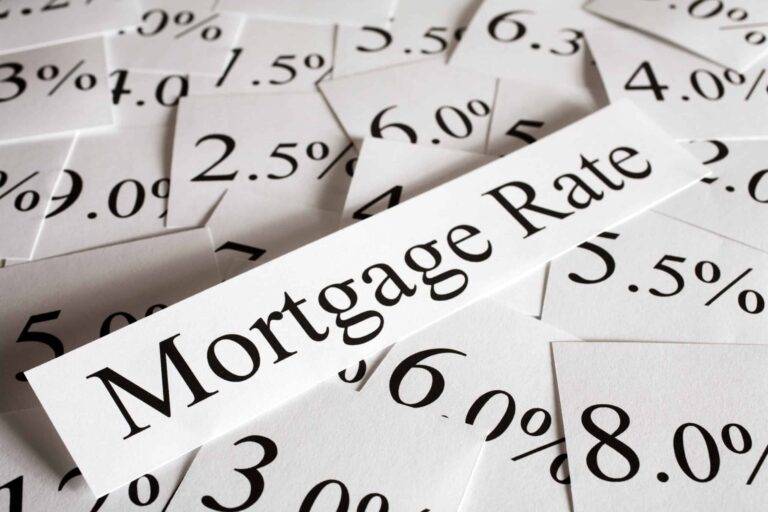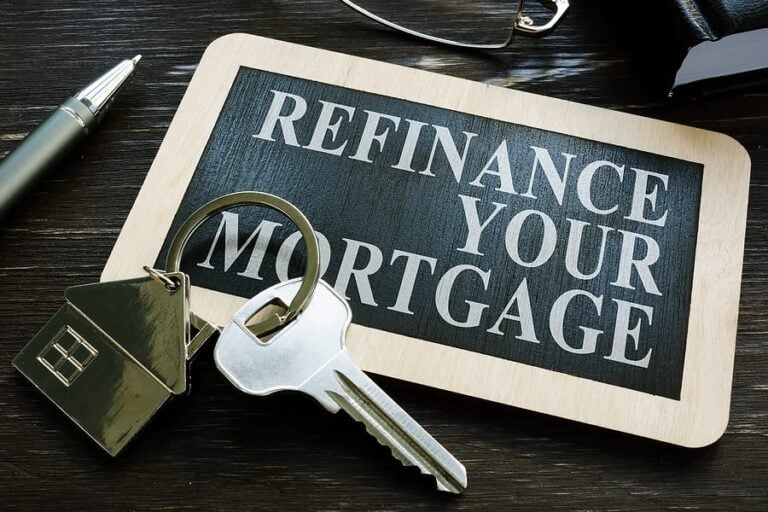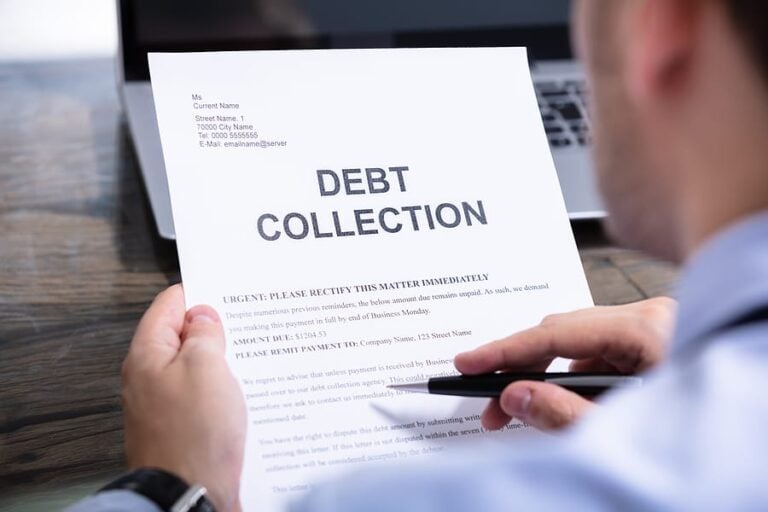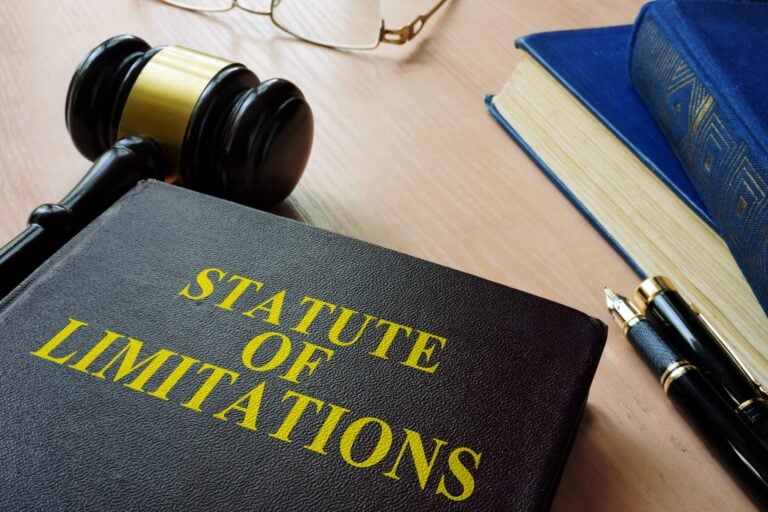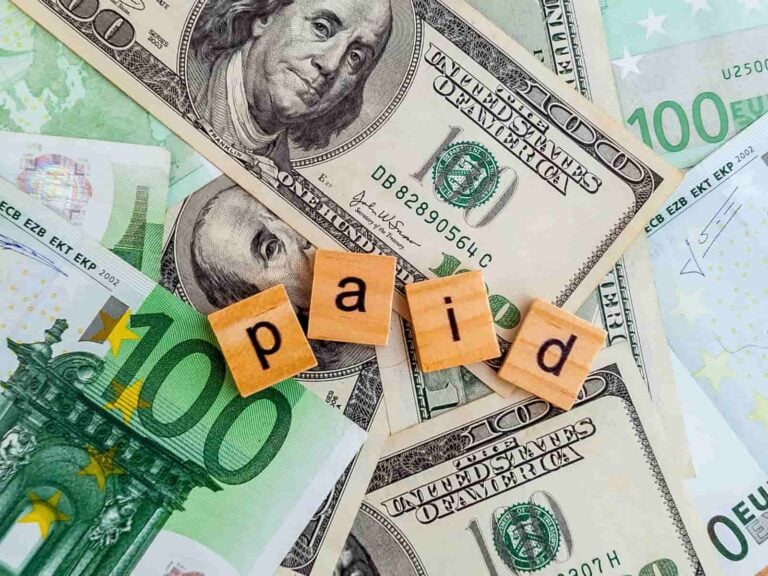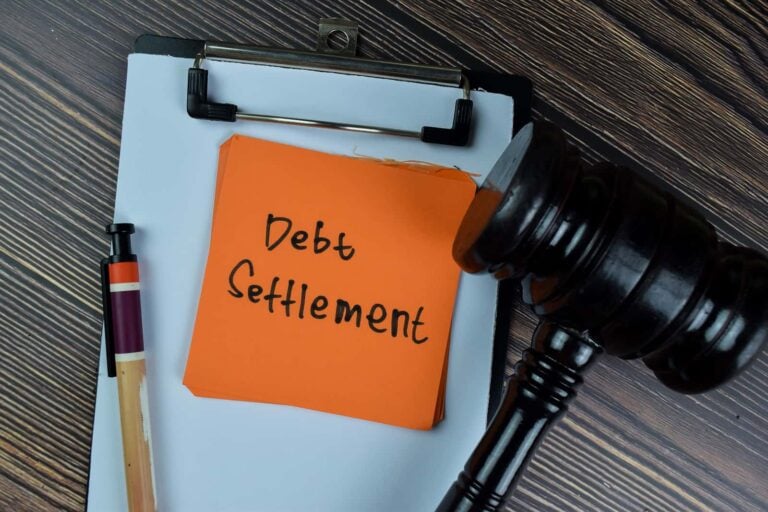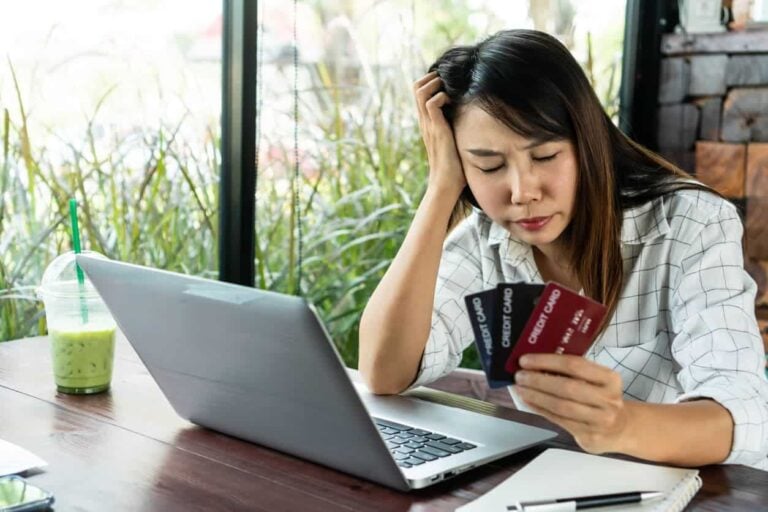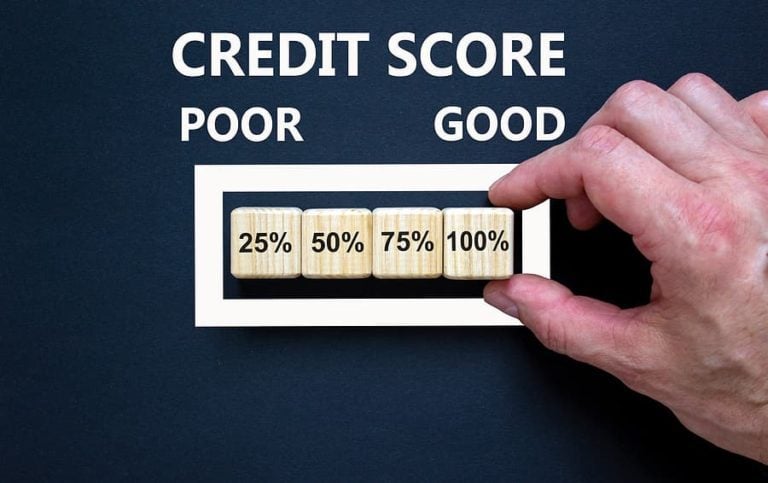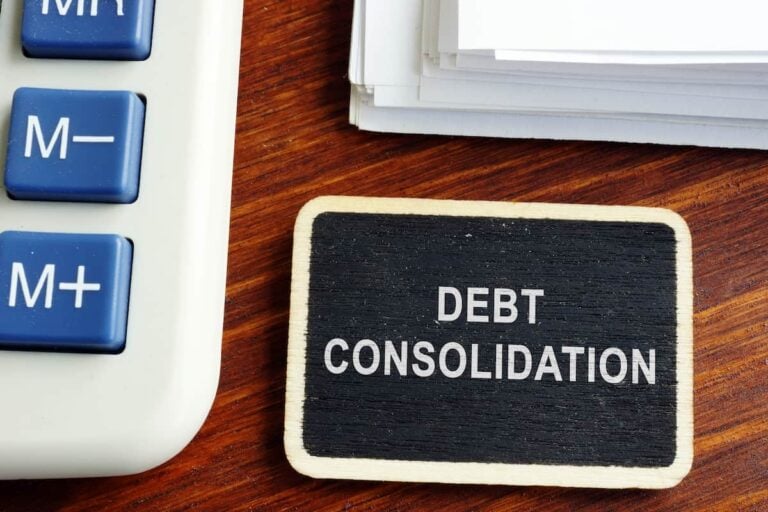The COVID-19 crisis has forced everyone to make behavioral changes when it comes to staying safe and practicing social distancing. The economic fallout from the crisis has also forced behavioral changes, as the consequences of 40 million jobless claims since the crisis began have begun to hit home for millions of families across the nation. With incomes disappearing and cash flow contracting, managing expenses and getting out of debt has become more important than ever. Getting out of debt after a crisis is not easy, although it is possible. Utilize these tips to learn how to change your spending habits and get out of debt rapidly and seamlessly.
How to Get Out of Debt After a Crisis
If we are going to talk about how to get out of debt during and after the COVID-19 crisis, the first topic of discussion must be to control all expenses now. This means to differentiate between what is truly a necessary expense at this time and what simply is not.
Necessary expenses generally include rent, utilities, food, transportation, internet and cell phone. Anything beyond these very well may not be essential at this time, and should therefore be eliminated. This isn’t a time to be concerned with “wants” such as dining out, entertainment and extra spending. It’s actually the time to be building and contributing to your emergency fund, which should always be comprised of a minimum of three months (ideally more) of monthly expenses to protect you and provide a cushion in the event of job loss or unexpected events.
Six Best Ways to Get Out of Debt
Let’s take a closer look at the six best ways to get out of debt.
1) Contact Your Creditors
Many credit card lenders, financial institutions and utility companies are taking crisis-related financial hardships into account, with websites including notices related to various types of assistance available. This includes help related to missed payments, credit line extensions, and collection forbearance.
Consult the websites of your specific credit card companies, financial institutions and utility companies for relevant details, and plan ahead before speaking to an overburdened customer service associate. Evaluate your budget and updated levels of cash inflow to determine what amount you can pay on your monthly debts – whether it is the minimum, something more – or something less.
Be prepared with your notes and calculations before entering into the discussion. It is more than possible that with the right amount of preparation, your politely and efficiently communicated message can result in an agreed upon monthly amount that strikes an acceptable middle ground.
2) Debt Consolidation
Debt Consolidation Loans can speed up the process of getting out of debt. A debt consolidation loan (DCL) consolidates multiple debts into one single loan, typically resulting in a lower interest rate and monthly payment.
A DCL provides the dual benefit of streamlining the repayment process while simultaneously lowering interest expense and the total amount repaid over time. Types of DCLs include personal loans, promotional low-interest rate credit card balance transfers, home equity loans and student loan consolidations.
In a debt consolidation loan scenario, the debtor borrows sufficient funds to pay off unsecured debts (credit cards, medical bills, some student loans), thereby simplifying multiple monthly payments into one single monthly payment at an overall lower blended interest rate. For many people, a DCL is a big part of an effective get out of debt plan.
3) The Avalanche Method
The Avalanche Method involves organizing your credit cards by interest rate, ranking them from highest to lowest. Regardless of the respective balances on the cards, the credit card with the highest interest rate is assigned the highest priority in the repayment process. After speaking with your various creditors, determine the greatest amount that you can pay on your highest interest rate card, and make that payment.
Do the same the following month, and in each successive month, until the highest priority card is fully paid off. Then repeat the process with the second-highest rated card, and so forth. The avalanche method results in paying less interest expense over time while speeding up the process of getting out of debt.
4) File for Unemployment
The COVID-19 crisis has led to sudden, dramatic levels of unemployment and wider unemployment benefits that now apply to part-time workers, members of the “gig economy,” and the self-employed. If you are among the ranks of the newly unemployed and are looking to get out of debt, your first step is financial survival and securing your unemployment benefits.
In addition to state benefits that typically range between $400-600 per week, the Federal government is throwing in an additional $600 per week and has extended the benefit period to 39 weeks. All of this places extreme demand on various state unemployment departments, so be mentally prepared for significant challenges and frustrations in completing this process and ultimately receiving your benefits.
However, treat the process as vitally important, as it is among your best options for cash flow and getting out of debt during and after the crisis.
5) Sell stuff; Look for Part-Time Work From Home
Because of the unemployment situation, getting out of debt during and after the crisis is more challenging. However, the extra time spent at home can lead to partial solutions. Many of us have become even more aware of various items and clothing that we rarely use but have some re-sale value.
Selling extra household items, electronics and clothing on eBay, OfferUp, Poshmark, Facebook Marketplace and Craig’s List can keep you busy and bring in a steady stream of cash flow that can then be utilized for getting out of debt. There’s also no harm in considering a remote, work from home job that can be searched for through a site such as ziprecruiter.com or flexjobs.com.
6) Look into Credit Counseling
If you’re struggling to get out of debt, an experienced credit counselor can help. In an initial 30-45 minute interview, the counselor will ask specific questions related to your income, expenses and debts. You should have a clear idea of exactly how much your current cash flow is and how much money you have left over at the end of each month after accounting for strict necessities such as rent, food, transportation, utility bills, etc.
Be prepared to clearly discuss all of your unsecured debts – meaning you should know exactly how much you owe on all of your individual credit cards, their respective interest rates and minimum monthly payments, as well as any outstanding medical bills and other financial obligations.Among the more common solutions that a credit counselor can suggest for getting out of debt is the Debt Management Plan (DMP), which involves streamlining multiple credit card payments into one simple monthly payment to the counseling agency. Included in the advantages of enrolling in a DMP are lower interest rates and a lower overall monthly payment.
If you’re already delinquent on some credit card accounts, Debt Settlement may be the best option for you, as it can result in creditors accepting lower balance payoffs. Or, if you have a variety of different creditors including and beyond unsecured credit card debt, it may be best to pursue a Debt Consolidation Loan. Contact us here at United Settlement to discuss your available options and let us show you how to get out of debt.
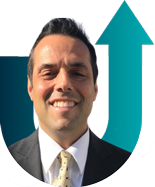
Steven Brachman is the lead content provider for UnitedSettlement.com. A graduate of the University of Michigan with a B.A. in Economics, Steven spent several years as a registered representative in the securities industry before moving on to equity research and trading. He is also an experienced test-prep professional and admissions consultant to aspiring graduate business school students. In his spare time, Steven enjoys writing, reading, travel, music and fantasy sports.
